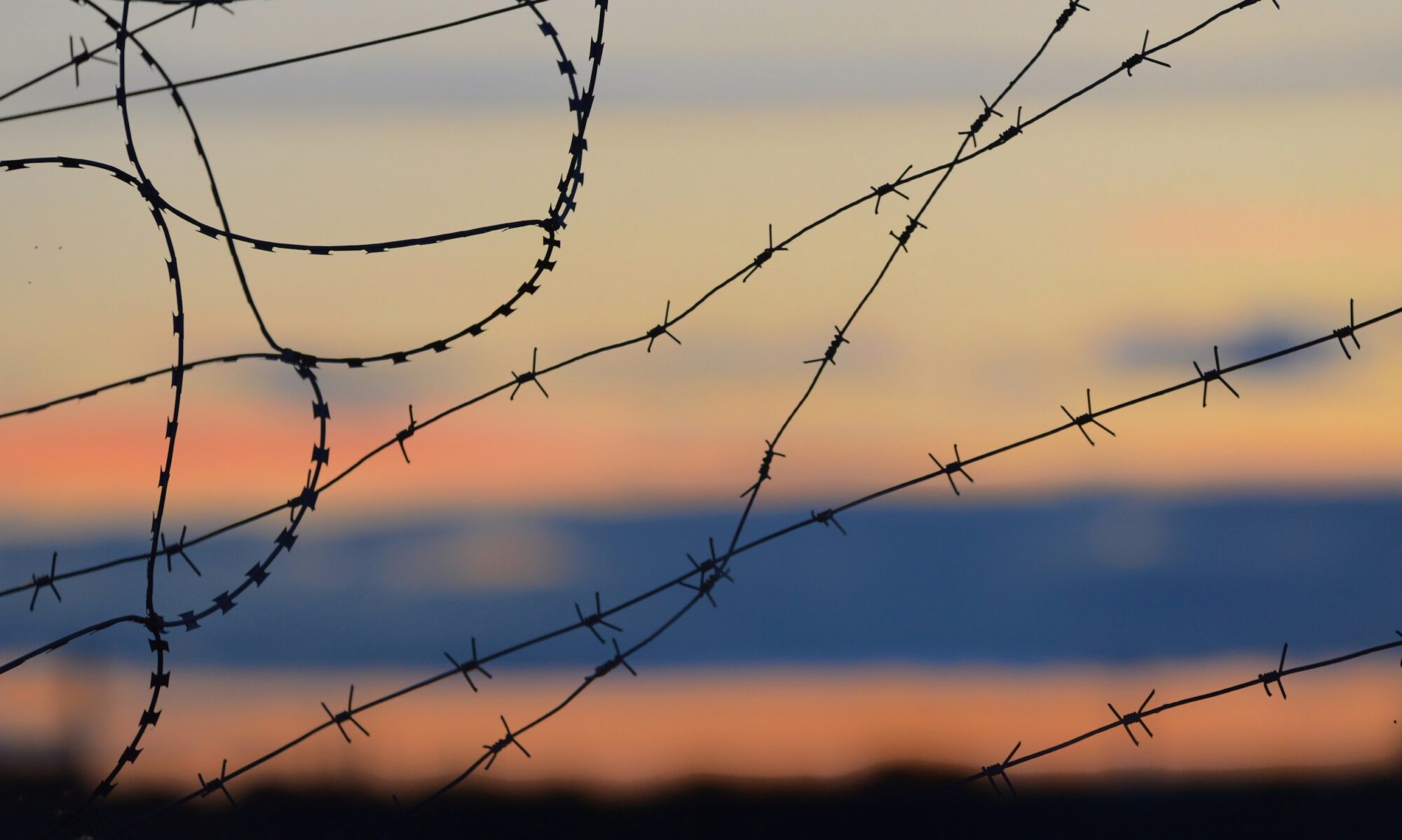[Borrowed once more — and slightly edited — from a blog by Justin Taylor, Crossway Sr. VP & publisher, in a historical account giving each of us hope amidst our pain — putting life into perspective… still relevant when Christmas is done for the year… as first posted in 2016…]
In March of 1863, 18-year-old Charles Appleton Longfellow walked out of his family’s home on Brattle Street in Cambridge, Massachusetts, and—unbeknownst to his family—boarded a train bound for Washington, DC., over 400 miles away, in order to join President Lincoln’s Union army to fight in the Civil War. Charles was the oldest of six children born to Fannie Elizabeth Appleton and Henry Wadsworth Longfellow, the celebrated literary critic and poet. Charles had five younger siblings: a brother (aged 17) and three sisters (ages 13, 10, 8—another one had died as an infant).
Less than two years earlier, Charles’s mother Fannie had died from a tragic accident when her dress caught on fire. Her husband, awoken from a nap, tried to extinguish the flames as best he could, first with a rug and then his own body, but she had already suffered severe burns. She died the next morning, and Henry Longfellow’s facial burns were severe enough that he was unable even to attend his own wife’s funeral. He would grow a beard to hide his burned face and at times feared that he would be sent to an asylum on account of his grief.
When Charley (as he was called) arrived in Washington D.C. he sought to enlist as a private with the 1st Massachusetts Artillery. Captain W. H. McCartney, commander of Battery A, wrote to Henry Wadsworth Longfellow for written permission for Charley to become a solider. HWL (as his son referred to him) granted the permission.
Longfellow later wrote to his friends [Sen.] Charles Sumner, [Gov.] John Andrew, and Edward Dalton (medical inspector of the Sixth Army Corps) to lobby for his son to become an officer. But Charley had already impressed his fellow soldiers and superiors with his skills, and on March 27, 1863, he was commissioned as a Second Lieutenant in the 1st Massachusetts Cavalry, assigned to Company “G.”
After participating on the fringe of the Battle of Chancellorsville in Virginia (April 30-May 6, 1863), Charley fell ill with typhoid fever and was sent home to recover. He rejoined his unit on August 15, 1863, having missed the Battle of Gettysburg.
While dining at home on December 1, 1863, Henry Wadsworth Longfellow received a telegram that his son had been severely wounded four days earlier. On November 27, 1863, while involved in a skirmish during a battle of of the Mine Run Campaign, Charley was shot through the left shoulder, with the bullet exiting under his right shoulder blade. It had traveled across his back and skimmed his spine. Charley avoided being paralyzed by less than an inch.
He was carried into New Hope Church (Orange County, Virginia) and then transported to the Rapidan River. Charley’s father and younger brother, Ernest, immediately set out for Washington, D.C., arriving on December 3. Charley arrived by train on December 5. Henry Wadsworth Longfellow was alarmed when informed by the army surgeon that his son’s wound “was very serious” and that “paralysis might ensue.” Three surgeons gave a more favorable report that evening, suggesting a recovery that would require him to be “long in healing,” at least six months.
On Christmas day, 1863, Longfellow—a 57-year-old widowed father of six children, the oldest of which had been nearly paralyzed as his country fought a war against itself—wrote a poem seeking to capture the dynamic and dissonance in his own heart and the world he observes around him. He hears the Christmas bells and the singing of “peace on earth” (Luke 2:14) but observes the world of injustice and violence that seemed to mock the truth of this statement. The theme of listening recurs throughout the poem, leading to a settledness of confident hope even in the midst of bleak despair…
I Heard the Bells on Christmas Day , their old familiar carols play, and wild and sweet the words repeat, of peace on earth, good will to men. I thought how, as the day had come, the belfries of all Christendom , had rolled along the unbroken song , of peace on earth, good will to men. And in despair I bowed my head: “There is no peace on earth,” I said, ”For hate is strong and mocks the song of peace on earth, good will to men.” Then pealed the bells more loud and deep: “God is not dead, nor doth he sleep; the wrong shall fail, the right prevail, with peace on earth, good will to men.” Till, ringing singing, on its way, the world revolved from night to day, a voice, a chime, a chant sublime, of peace on earth, good will to men!
Respectfully… with hope… always…
AR

